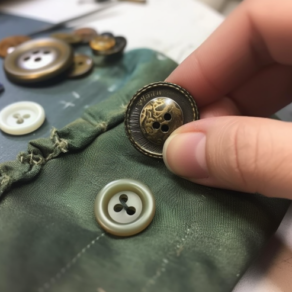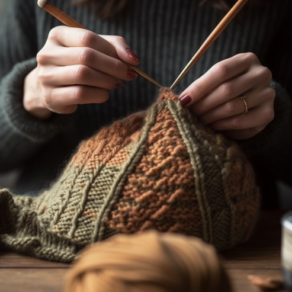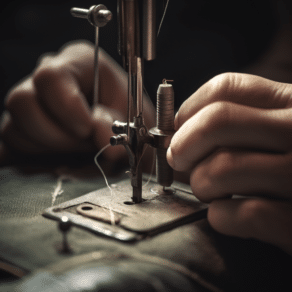Embroidery is a beautiful way to decorate and personalize clothing and textiles. However, sometimes embroidered logos, names, or designs become outdated, unwanted, or embarrassing to display. Removing embroidery can seem daunting, but with a little patience and the right tools, it can be done without ruining the underlying material.
In this blog post, I’ll walk you through the easiest methods for removing machine or hand embroidery from any fabric. If you’re trying to eliminate an ex’s name, erase an old corporate logo, or simply update some outdated embroidery, you’ll learn stitches-removal tips and tricks to restore your textiles. I’ll cover how to identify the embroidery type and select the proper seam ripper, tweezers, stabilizers, and eraser tools. And share techniques to gently tease out threads without damaging the base material, and offer solutions for any lingering holes or discoloration.








Leave a Comment